Such fullness and momentum abounds in the flower fields as we head into the peak harvest season at the farm. A lot is abuzz at your flower farm and I thought this week is prime time for pollinator appreciation from field to vase at Hilltop.
While National Pollinator Week has come and gone in late June (week of the 23rd this past year), I find that mid-July is when the pollinator flower power really kicks in on our farm. So this week we are featuring flower favorites of the bees, butterflies and all of our pollinator friends seen and unseen. I’m hovering over a currant shrub as I write this, making notes with one hand with the other, meticulously plucking the black pearls of the fruit world into buckets wishing I had a third hand to simultaneously pull the weeds that pop through the mulch.
It’s more than I deserve, this wealth of fruit, flowers and even weeds abuzz with the sounds and sighs of butterflies, hummingbirds, and bees. We have purslane in surplus, and understory of thyme, lambsquarter vying for space alongside the sage, while the nasturtium stands poised with bumblebee landing pad petals and the delphinum a spur of sweetness for the hummingbirds, with swallowtail dabbling in the purple of lupine. The flower beds are aflutter and awash in pollinators! I am beginning to discover that my role as a flower farmer is really about knowing when, how and where to intervene in the hopes of creating the conditions for abundance, inproviding a diverse, beautiful array of fresh cut flowers as well as in supporting all the other workers on our farm.
Call it exploitation of cheap labor, but much of my work is well, letting the pollinators do the work. Indeed any work we do on behalf of pollinators will support other beneficial insects and wildlife and in turn help the flower buds swell and petals unfurl in a peak expression of the botanical world.
There are many simple things we do on our farm (and all things you can do in your own backyards - adjusting for scale and sight conditions) to encourage bees and native pollinators to co-habitate including:
Food - fortunately only pollen and nectar is required, yet in the process of moving pollen from one flower to another, and thus pollinating our crops, we can in turn provide fruit and flowers for you! We also offer ample space for pollinators to roam providing cavities, ground nests, and woody debris for our ‘mason worker bees and birds’ alongside the ridges and ravines of the land itself and on a micro-scale in the CSA gardens. Our 25 acre restored prairie, woodlands, orchard hedgerows and field borders offer nesting havens. Even a small space in the garden for the weeds to root and the lettuce to bolt (despite our best efforts), can offer important resources for native bees and other pollinators. We also planted our orchard groundcover with a mix of clover and covercrop and our gardens with rye, vetch and buckwheat, a treat for bees. We companion plant and fill niches in our fruit guilds for insectory herbs and plants such as mountain mint, calendula, borage, and butterflyweed to take root. These flowers also hold up well in a bouquet! Above all, we don’t spray synthetic pesticides or insecticides.
By employing us as your flower farmers, you also employ and engage a vast array of animals and insect helpers in the co-creation of an abundant ecological agriculture system. Despite the merits of a human-scaled model of appropriate farm technologies, with the sense of absolute order included, we cannot escape the chaos, colors, and caterpillars that excite, confound, and confuse us in our attempts to demystify the fruits of the pollinators’ labor. May you enjoy the sweet nectars of such pollinator power revealed in your bouquets. - ES -



